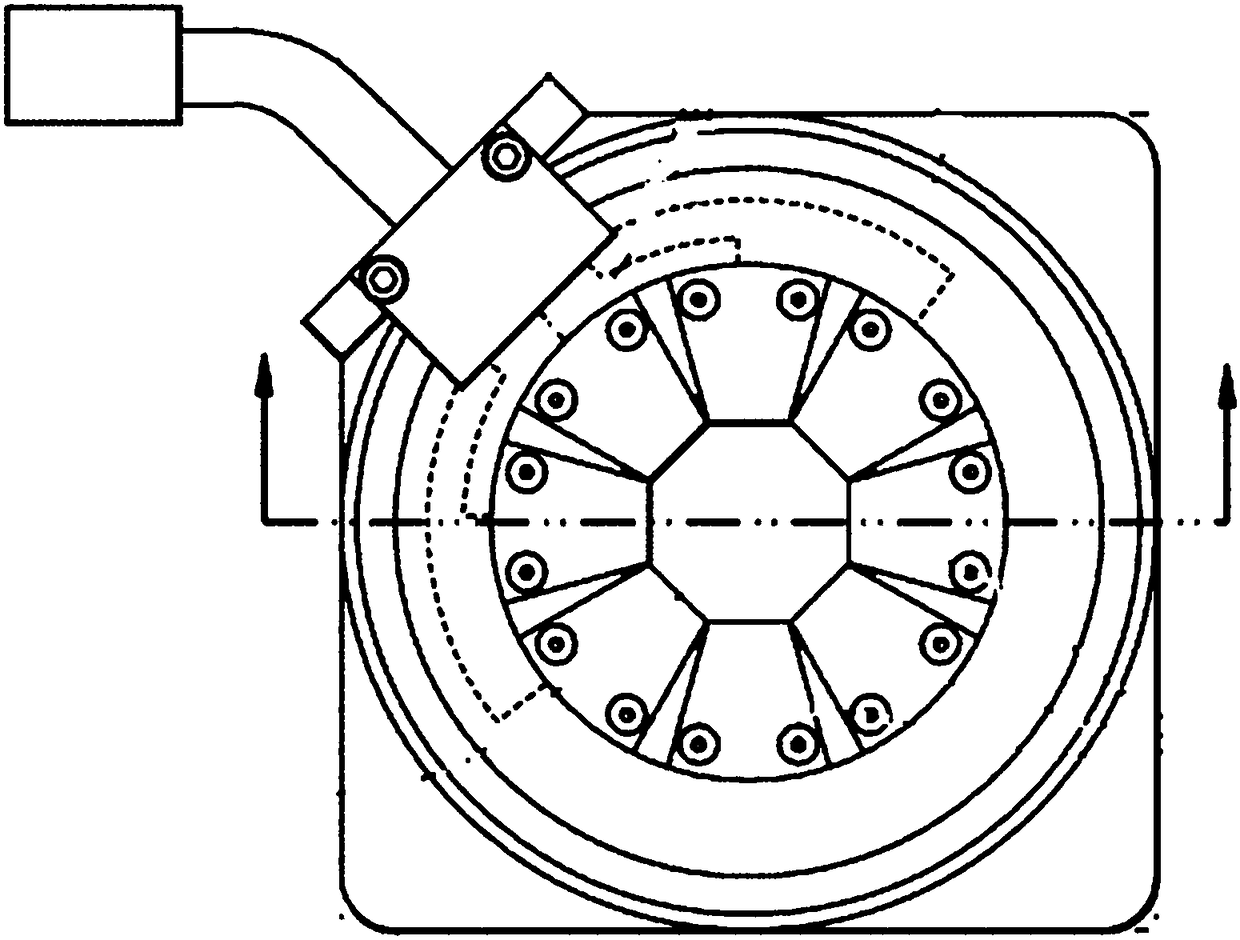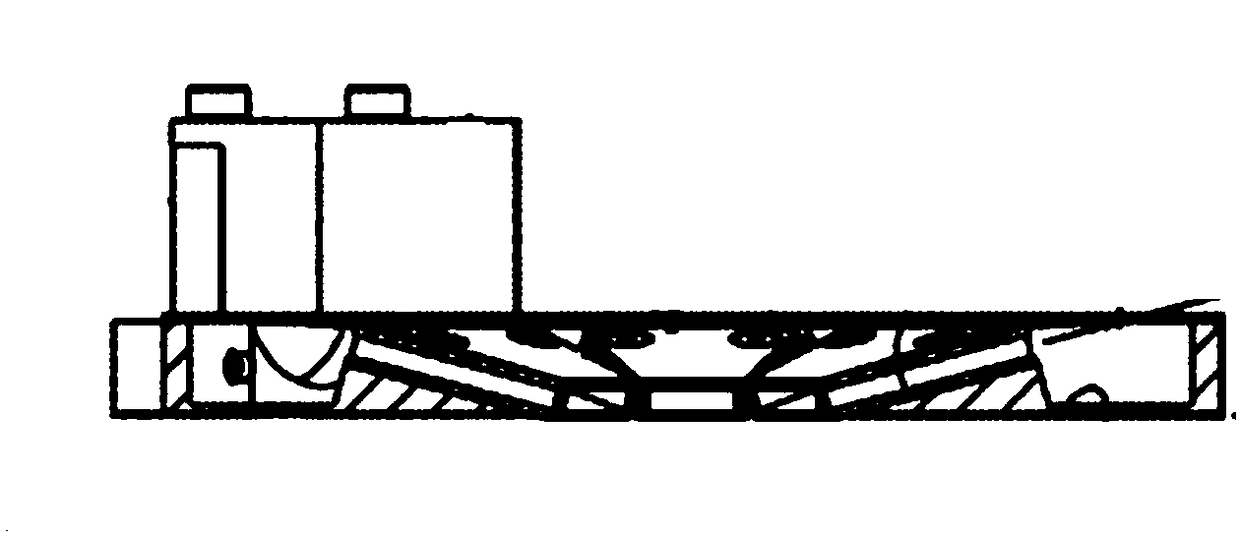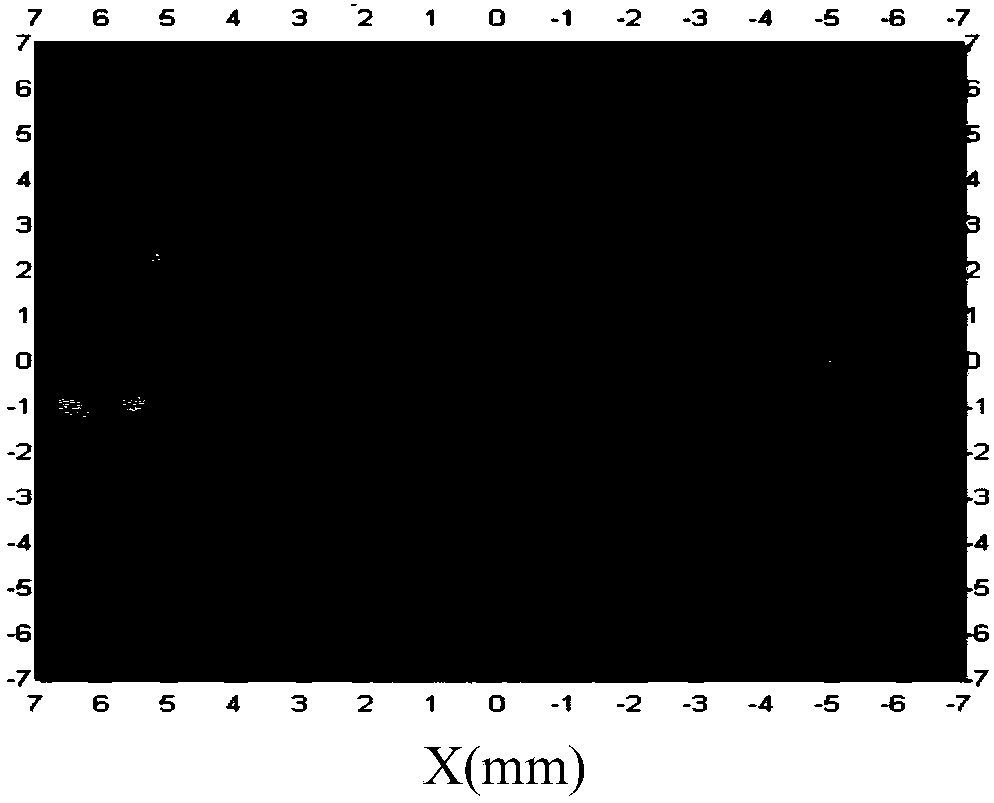Method for adjusting inclination angle of light beams and illumination device for adjusting inclination angle of light beams
A technology of beam inclination and lighting device, which is used in measurement devices, optical testing of flaws/defects, material analysis by optical means, etc. performance, simplicity of operation, and improved consistency
- Summary
- Abstract
- Description
- Claims
- Application Information
AI Technical Summary
Problems solved by technology
Method used
Image
Examples
Embodiment 1
[0046] A method for adjusting the inclination angle of a light beam, comprising the steps of:
[0047] Step 1: Use a collimating lens to collimate the beam, and the collimated beam has a small divergence angle of the light in the beam;
[0048] Step 2: Using an angle adjuster to adjust the inclination angle of the collimated light beam by means of reflection adjustment or refraction adjustment.
Embodiment 2
[0050] See Figure 12 , a lighting device for adjusting the inclination angle of light beams, including four sets of lighting mechanisms, the lighting mechanisms include a light source 1, a collimating lens 2 and an angle adjuster arranged along the direction of light propagation, the light source 1 emits light beams that pass through the collimator The straight lens 2 is adjusted to become a parallel light beam, and then the light beam is adjusted by the angle adjuster to realize the angle deflection of the light beam, and is incident on the surface of the flat plate 5 to be tested, thereby realizing a large-angle oblique incident lighting effect.
[0051] The angle adjuster includes a wedge prism 3 and a rotation adjustment mechanism 4 for controlling the rotation of the wedge prism 3 along its axis, the wedge prism 3 is located on the rear focal plane of the collimator lens 2, and the rotation adjustment mechanism 4. Control the rotation of the wedge prism 3 along its axis ...
Embodiment 3
[0068] See Figure 19 The difference between the third embodiment and the second embodiment is that the angle adjuster is a micromirror array 6, and the light beam emitted by the light source 1 passes through the collimating lens 2, and the light beam becomes parallel light, and the divergence angle of the light in the light beam is very large. Small, the angular deflection of the light beam is realized by the micro-mirror array 6, and it is incident on the surface of the plate 5 to be tested, so as to achieve a large-angle oblique incident lighting effect, and the angular deviation range of the light in the light beam is <1 degree. By adjusting the micro-mirror array 6, the angle adjustment of the light beam incident on the surface of the flat plate 5 to be measured is realized.
PUM
| Property | Measurement | Unit |
|---|---|---|
| Height | aaaaa | aaaaa |
| Divergence angle | aaaaa | aaaaa |
Abstract
Description
Claims
Application Information
 Login to View More
Login to View More - R&D
- Intellectual Property
- Life Sciences
- Materials
- Tech Scout
- Unparalleled Data Quality
- Higher Quality Content
- 60% Fewer Hallucinations
Browse by: Latest US Patents, China's latest patents, Technical Efficacy Thesaurus, Application Domain, Technology Topic, Popular Technical Reports.
© 2025 PatSnap. All rights reserved.Legal|Privacy policy|Modern Slavery Act Transparency Statement|Sitemap|About US| Contact US: help@patsnap.com



